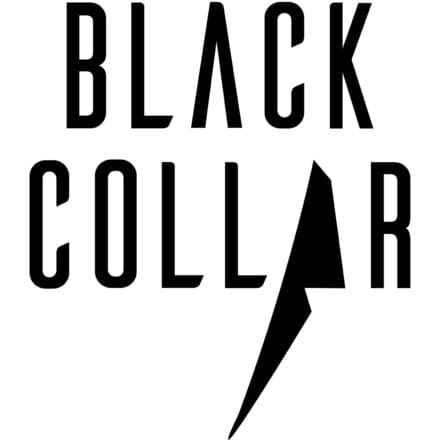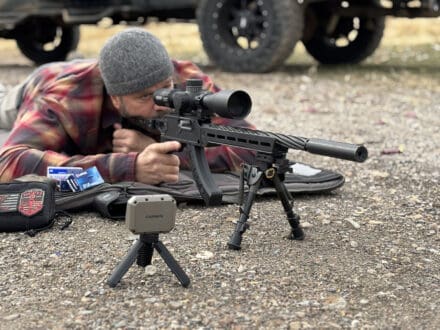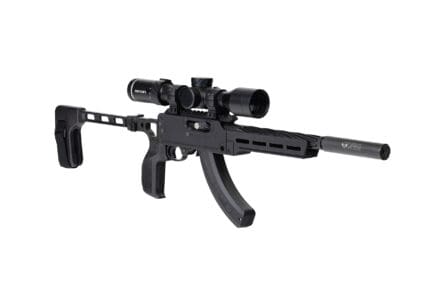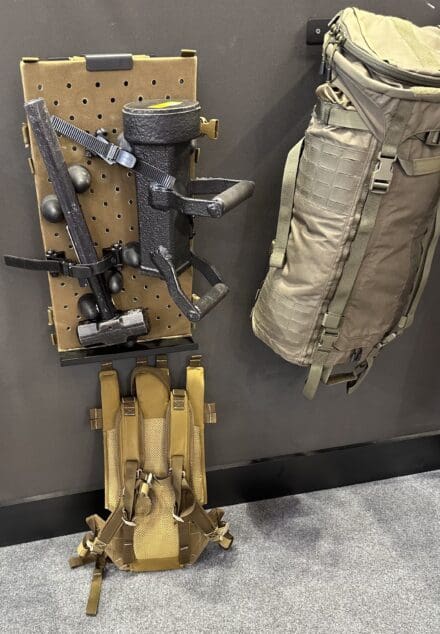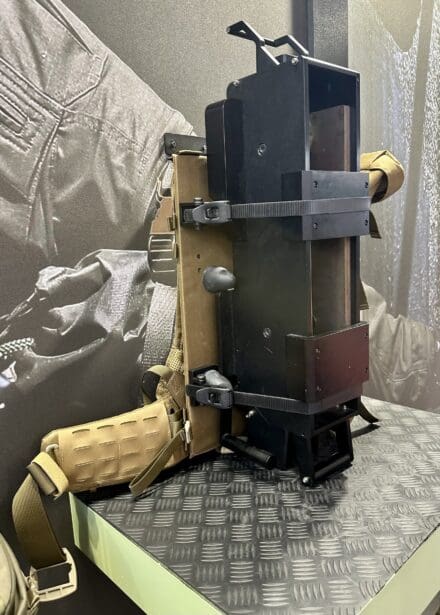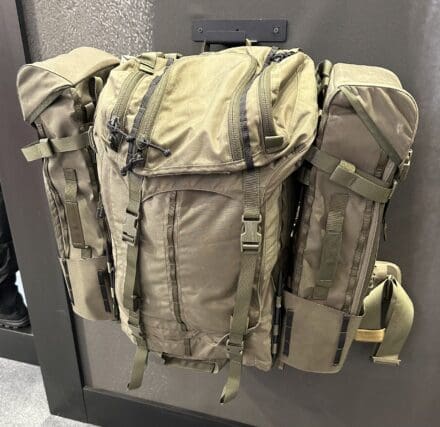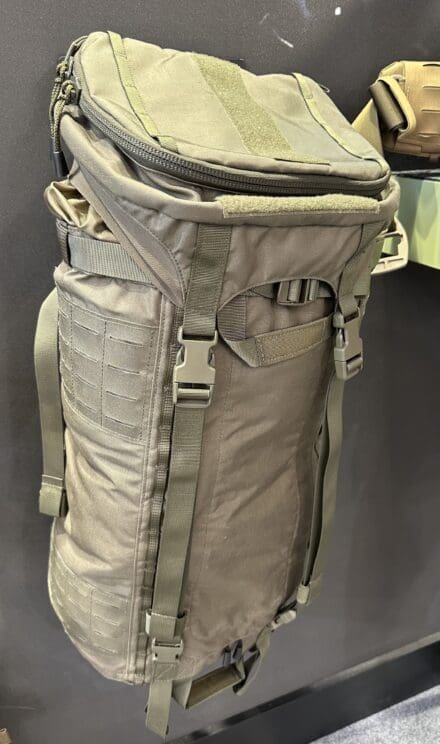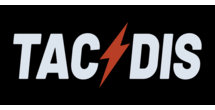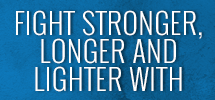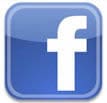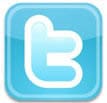
HOP Munitions, a veteran-operated ammunition manufacturer, and the Special Operations Association of America (SOAA) are proud to announce a strategic partnership centered on responsible firearm ownership, safe storage, and community wellness. This collaboration seeks to elevate awareness of firearm safety, PTSD education, and mental health within both the veteran and civilian shooting communities.
At its core, the partnership aligns two mission-driven organizations that share a commitment to keeping America safe, America’s veterans, and responsible gun culture. Through thought leadership, educational initiatives, and open dialogue, HOP Munitions and SOAA aim to strengthen understanding around safe firearm practices, suicide prevention, and the physiological impacts of shooting on long-term health.
Bridging Industry and Community
For the men and women of SOAA, veterans who have served at the highest levels of U.S. special operations, responsible firearm ownership is not merely a policy discussion; it’s a lived responsibility. SOAA’s community engagement initiatives focus on addressing real issues such as suicide prevention, PTSD awareness, and the importance of recognizing signs of distress in peers.
“Many gun owners, even within the tactical and sporting communities, don’t always recognize the warning signs that someone may be struggling,” said Daniel Elkins of SOAA. “Our goal with this partnership is to open up those conversations, equip people with knowledge, and build a culture of awareness that saves lives.”
Together, HOP Munitions and SOAA will co-produce educational content and host discussions that encourage open conversations about mental health, including identifying the behavioral cues that precede crises and exploring how our community can intervene responsibly.
Advancing Safety and Performance Through Thought Leadership
This partnership also emphasizes the importance of safety in firearm use, from eye and ear protection to understanding the physiological effects of overpressure in high volume shooting, factors increasingly linked to cognitive and auditory damage in both military and civilian shooters.
“Responsible firearm ownership goes far beyond marksmanship,” said Joe Nook, Chief Executive Officer at HOP Munitions. “It’s about education, awareness, and taking care of the people who take care of others. We’re honored to partner with SOAA to address not only the technical side of shooting but the human side as well, mental health, safe storage, and long-term well-being of our veterans and the 2nd Amendment community.”
HOP Munitions and SOAA plan to co-author a series of expert-led articles that cover:
? Safe storage practices and accident prevention in the home
? Recognizing early indicators of PTSD and suicidal ideation
? The role of overpressure and hearing damage in long-term health
? Community education to promote responsible ownership and safe handling of firearms
These initiatives will be featured on both organizations’ platforms and shared across national media outlets, bringing expert-driven discussions to the forefront of the firearms industry.
A Partnership with Purpose
Both organizations share a unified goal: to protect, educate, and empower.
For HOP Munitions, that means producing high-quality, American-made ammunition while giving back to the community that shaped its values.
For SOAA, it means leveraging the experiences of America’s veterans to improve mental health awareness and foster responsible, informed firearm ownership nationwide.
“Partnerships like this are how real change begins,” said Daniel Elkins. “When the firearms industry and the veteran community come together to focus on wellness, safety, and education, we move the entire culture forward.”
